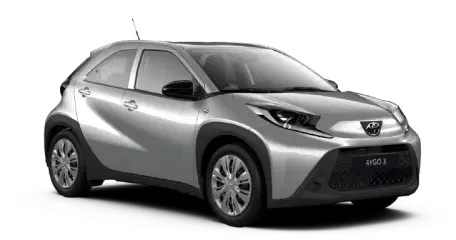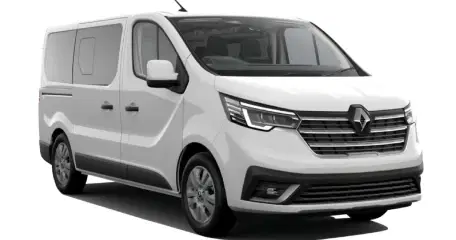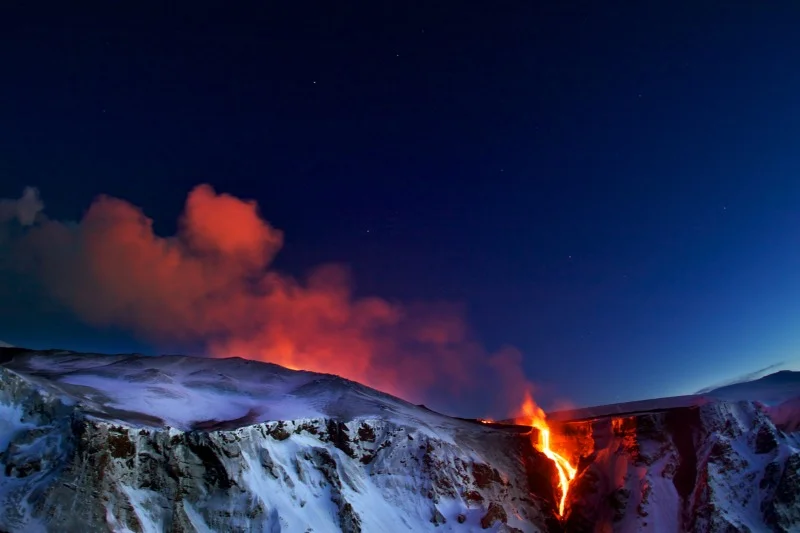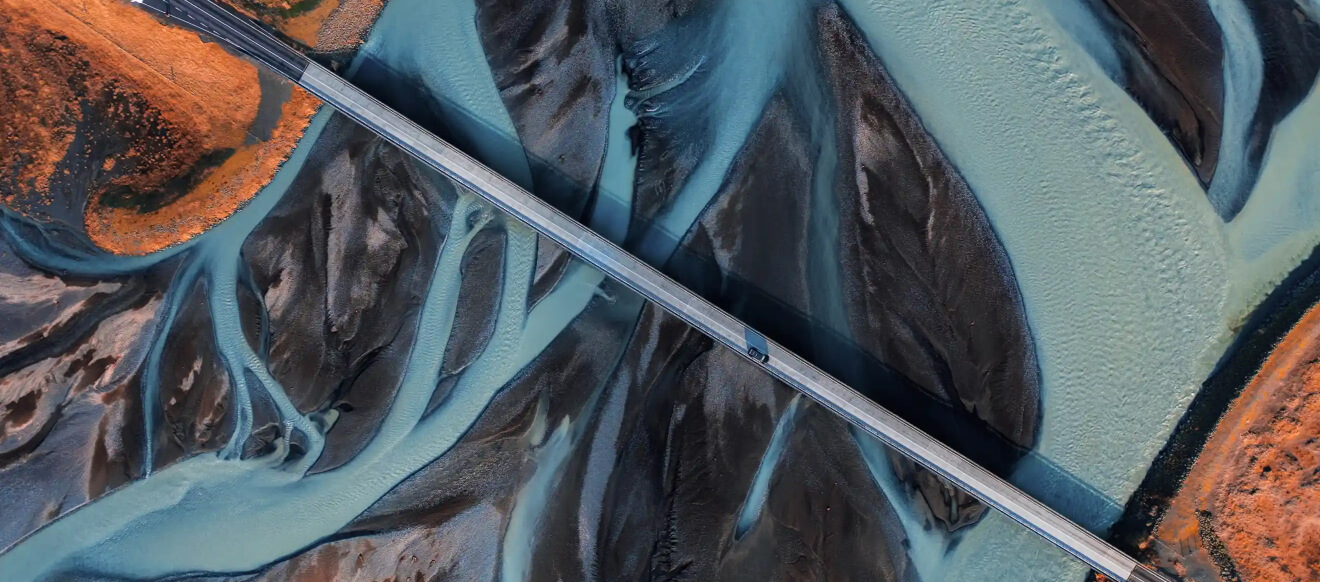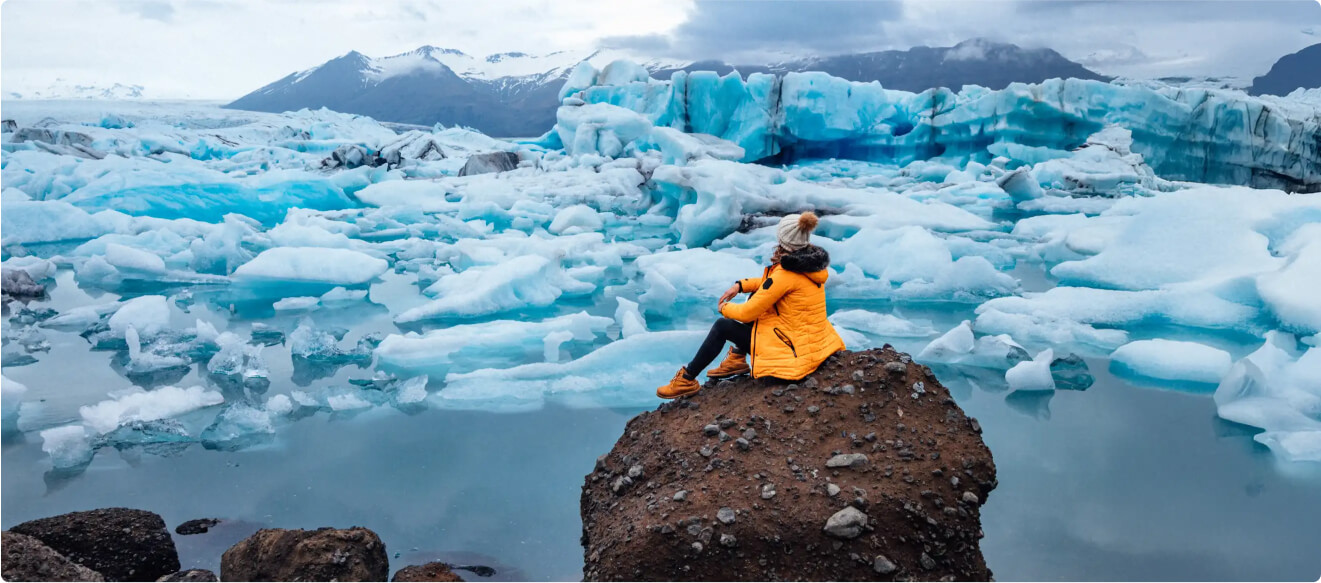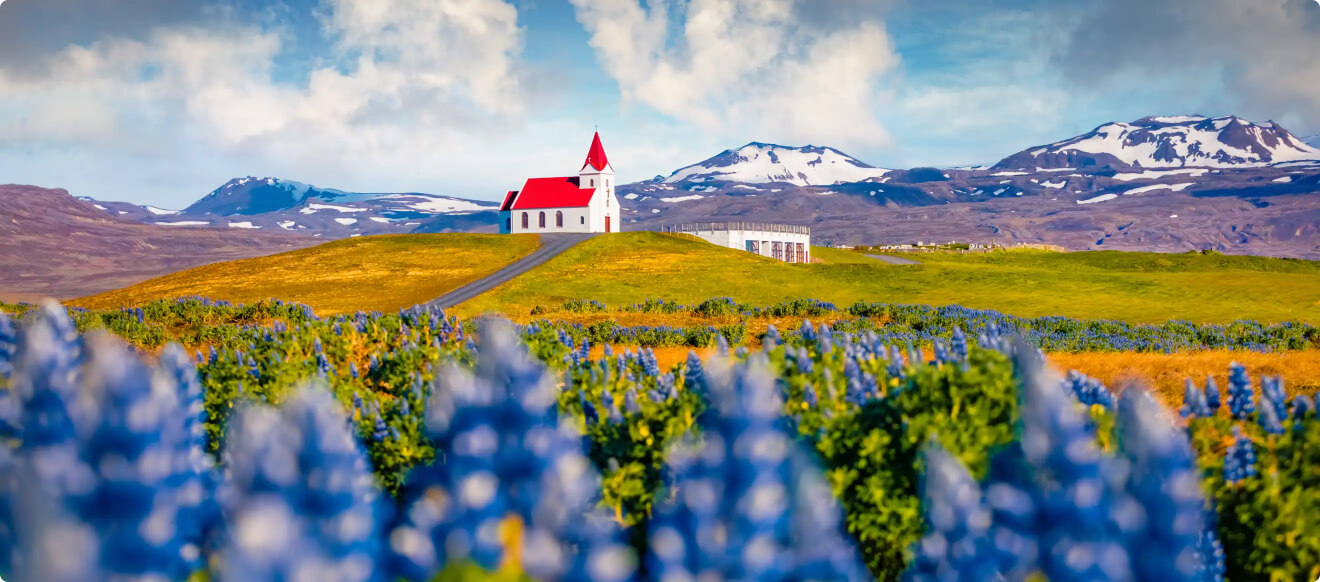Eyjafjallajökull. It strikes fear and confusion (let's be honest, mostly confusion) into the hearts of many. Just seeing the word can cause anxiety. And for non-native speakers of Icelandic, the stakes are even higher. The tongue-twisting pronunciation of this Icelandic legend has humbled even the most talented of polyglots. But what’s interesting about this glacier-volcano turned international superstar goes much deeper than just a difficult to pronounce name.
Eyjafjallajökull volcano represents something bigger. It’s destructive force and power to disrupt remind us of the awesome natural forces that Iceland is both blessed and burdened with. It’s probably become the world’s most famous volcano, after Mount Vesuvius in Italy. Let’s dive further and discover the Iceland volcano that stopped much of the world for nearly seven days.
Eyjafjallajökull meaning and pronunciation
First let’s tackle one of the most pressing issues surrounding Eyjafjallajökull volcano: how on earth do we say that name? It’s a bit of a challenge for non-natives. A rough approximation in English is AY-uh (like “day” and the “a” in “about”) + fyat-luh (Fiat like the car and the “a” in “about”) + YOE-kutl (French “oe” like “oeuf”, “u” like “shoe” and “tl” like “bottle”.
Now try saying that three times fast! And add a few shots of Brennivin to see if things improve. No? Just keep practicing, you'll get it. It seems that no one really seems to know how to pronounce it if they weren’t born in Iceland.
It might help to break it down into pieces so you’re not intimidated by a bunch of Icelandic words thrown together. What you might see as someone emptying the contents of a Scrabble bag onto the table is actually three short, simple words combined. It’s similar to compound words in English like thunderstorm, dishwasher, or fishbowl.
The Eyjafjallajökull meaning is actually quite simple when you look at its separate parts. It’s eyja (islands) + fjalla (mountains) + jökull (glacier), which pretty much describes exactly what it is. The Westman islands (Vestmannaeyjar) archipelago is close by, which is likely the “islands” part of the name.
There are small mountains leading up to and surrounding the volcano. And it’s all topped off by an extensive glacier. So, you’ve got the “islands’ mountains glacier” or Eyjafjallajökull. Easy as pie. And to think, some people say the Icelandic language and its pronunciation is hard to learn!
At any rate, picturing three words makes it easier to remember. It won’t just seem like a wall of umlauts and double letters staring you down.
Newscasters trying to figure out how to pronounce Eyjafjallajökull became a bit of a running joke during the eruptions of 2010. Some tired tongues still have not recovered from attempting our beautiful and simple Eyjafjallajökull pronunciation. There’s even a YouTuber that goes by the name of The Magnus Effect who posted a short video on the topic. His one-minute explanation of how Eyjafjallajökull is pronounced has garnered nearly one million views and almost 900 comments.
Eyjafjallajökull volcano: Geological information
Eyjafjallajokull volcano is considered a stratovolcano. What this means is that it’s a conical volcano built over time by layers of various volcanic materials. Black hardened lava, volcanic ash, pumice rock, and tephra fragments all combine to form different stratified colors and textures. This is a very common type of volcano in many parts of the world, especially in volcanic hot zones.
The massive magma chamber underneath feeds the volcano and gets its fiery, molten rock from a split in the earth’s crust. The volcano is considered active and erupts at a pretty regular frequency, the most notable being in 2010.
Interestingly enough, the southern side of the mountain used to be a part of Iceland’s coastline. Over many thousands of years, the sea has moved to its current location, which is around 5 km (3 miles) away. Thanks to glacial movement, the steep former coastline is home to sheer cliffs and waterfalls like Skógafoss and Seljalandsfoss.
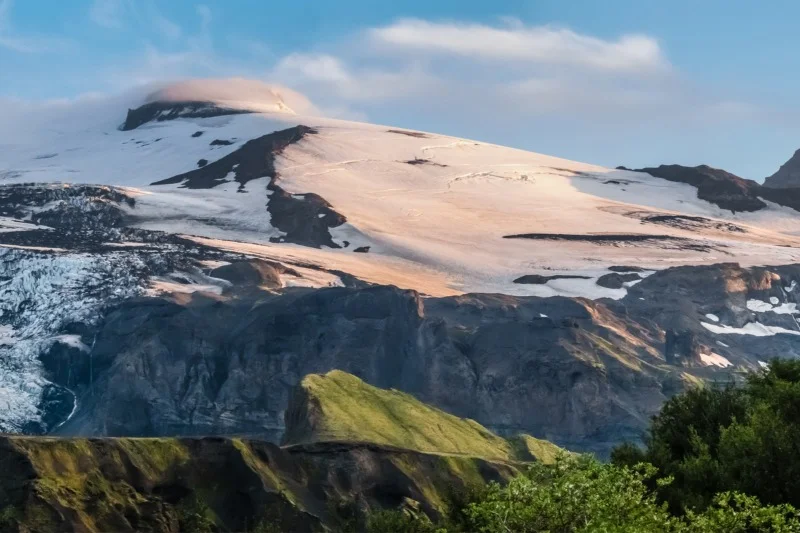
Iceland volcano Eyjafjallajökull and its icy cover
Up above, the volcano is topped off by an ice cap that completely covers its surface. Iceland is known as the Land Fire and Ice because we have both explosive volcanoes and extensive glaciers and ice caps. Sometimes they combine, as is the case with the Iceland volcano Eyjafjallajökull.
The enormous mass of ice reaches up to 1,651 meters (5,416 feet) at its summit above the caldera. Overall, it covers an area roughly 100 sq km (39 square miles) in total. Even though it’s big enough to cover the mighty mountain, surprisingly, this is one of the country’s smaller ice caps. The largest is Vatnajökull, which lays just to the east.
Due to the expanse and wide reach of the Eyjafjallajökull ice cap, there are many different outlet glaciers. While having a fiery volcano covered by an icy glacier might seem odd, it’s actually fairly common in Iceland. When an eruption happens, the mix of fire and ice in this particular combination can be devastating. They tend to be very explosive and expel lots of ash as the water touches the burning lava.
The superheated lava also quickly melts the ice of the glacier and can cause flash flooding.
The Mid-Atlantic Ridge: Iceland’s own Ring of Fire
Iceland rests along the Mid Atlantic Ridge, a divergent tectonic plate boundary at the bottom of the Atlantic Ocean. It’s where the North American and Eurasian plates meet, and runs for 10,000 km (16,000 miles) along the ocean floor. Starting in the Arctic Ocean, it goes all the way to nearby the southern tip of Africa. The MAR sits halfway between the continents on either side.
The Mid Atlantic Ridge is considered an underwater mountain range measuring 2,351 meters (7,731 feet) tall at its highest point. Iceland is one of the few parts of the MAR that we can see above sea level. In fact, many geologists theorize that Iceland was actually formed directly as the result of underwater volcanic activity.
The plate boundaries have a direct impact on Iceland’s geology. It’s a small country half the size of Britain. Yet there are 120 volcanoes in Iceland and 30 active volcano systems. Pretty impressive, right?
When looking at a map of active volcanic areas across Iceland, a jagged diagonal line cuts across the island from west to east. This is where you see the effects of Iceland geographical location on its geology.
The result is that Iceland has a lot of volatility in terms of eruptions and volcanic events. From fissure volcanoes that form lava fields to the 1783-1784 Laki eruptions that wiped out a quarter of the population. Iceland’s landscape and history are inextricably linked to volcanoes.
Mighty Iceland volcanoes Eyjafjallajokull, Katla, Hekla, Grimsvotn
Eyjafjallajökull volcano is in good company. It’s one of several volcanoes that stretch along the fault lines of the tectonic plates. Hekla, Eyjafjallajokull, Katla, and Grimsvotn all form part of a chain of volcanoes running along the South and up through the Highlands. The crack in the Earth’s crust caused can be seen as far west as the Golden Circle.
Iceland is actually splitting in two, thanks to the separation of the tectonic plate boundaries. It’s only by a few millimeters every year, but it’s a reminder that we live on a constantly-changing, living, breathing planet. The rising magma in the mantle puts pressure on the rocks above it, which is why we have wonders like the Silfra fissure.
Of the Iceland volcanoes, Eyjafjallajokull is perhaps one of the most feared and best known. Katla is also well known for its temperamental ways, and the two neighboring volcanoes are thought to be related. When the towering Eyjafjallajökull erupts, many times the larger, scarier, and more powerful Katla follows suit shortly thereafter.
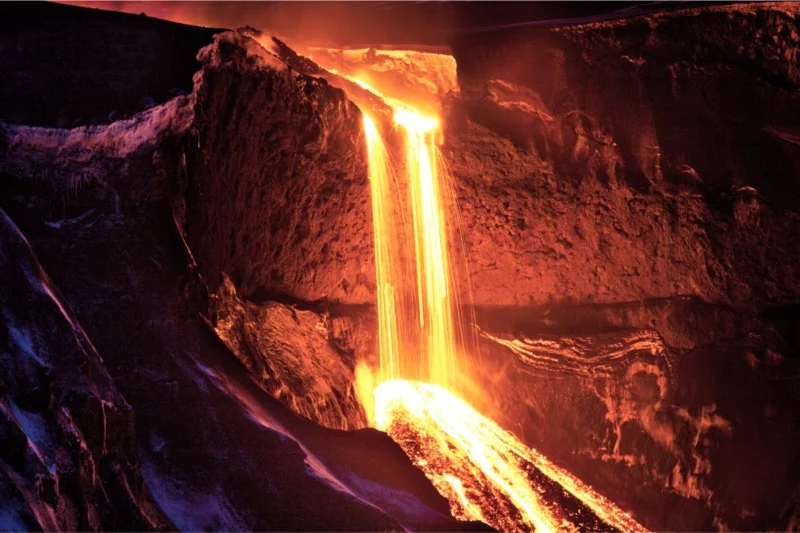
Additionally, Katla has consistently erupted at intervals of every 20-90 years. The last volcanic event was in 1918, which means Katla is overdue for an eruption. The volcanoes Eyjafjallajokull and Katla are closely linked. While they are not part of the same volcanic system, they are within 23 km (14 miles) of each other. And except for 2010, an eruption of the former is almost always followed by an eruption of the latter.
Where is Eyjafjallajökull volcano?
Iceland volcano Eyjafjallajökull (Eyjafjallajokull) is in the South Iceland volcanic zone. This area runs along the country’s South Coast and is home to several prominent Iceland volcanoes; Eyjafjallajokull is just one. It’s west of Mýrdalsjökull, the glacier that covers another fiery mountain in the area, the volcano Katla. It’s a second active one close by that’s hidden beneath an icy mass. Both are north of Skógar.
They dominate the landscape and can be seen from several kilometers away. As you drive along the Ring Road, be sure to stop at some of the viewpoints along the highway to admire these wonders of nature from afar. Always pull far enough off the road so that you’re not blocking traffic and of course, never try to take photos while you’re driving.
There’s a lovely museum close to Eyjafjallajökull dedicated entirely to volcanoes in Iceland. The LAVA Centre in Hvolsvollur village is a hands-on, interactive volcano learning experience that kids of all ages will love. You’ll see flowing lava, walk through volcanic ash, and feel the earth quaking beneath your feet as you explore the exhibition halls.
2010 eruptions of Eyjafjallajökull
In 2010, Eyjafjallajökull erupted, setting off a week of chaos and air travel disruptions. Flights in European airspace were grounded for several days as the ash plume from the volcanic eruptions spread far and wide. In the end, the ash clouds spanned from North America to China. Air traffic and airline operations ground to a halt as millions of displaced travelers awaited news of when they could hit the skies once more.
It all started on March 20th, 2010. The South Iceland volcano, which had been laying dormant for 180 years, began to spew its hot mixture of melted rock and molten lava. Thankfully, the area was uninhabited. The volcano took a brief intermission, and on April 14th it began erupting again. This time, it was happening from the very top crater in the middle of the glacier.
This caused ice and snow to rapidly melt, which led to massive flooding. This forces 800 people to evacuate from the area. The second eruption saw volcanic ash shot many kilometers upwards as it spread in the Earth’s atmosphere. It was visible from several miles away and disrupted air traffic for a total of six days that fateful April. From the 15th to the 21st, thousands of travelers were stranded.
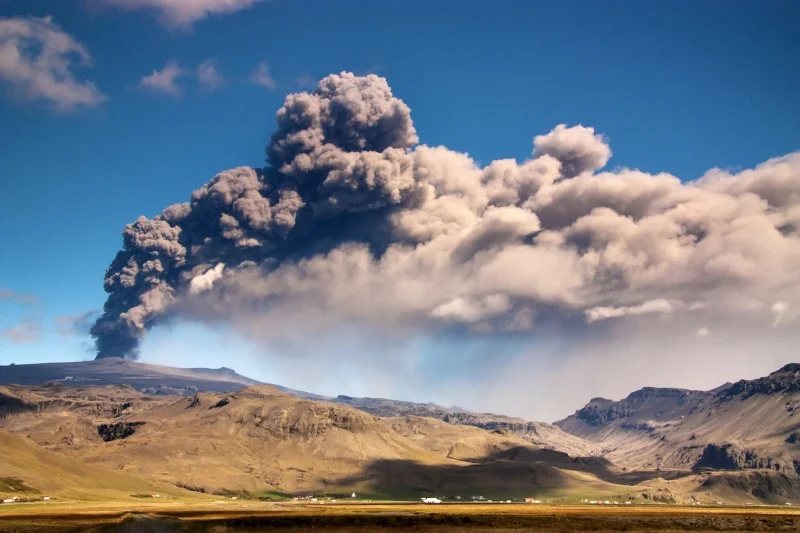
Eyjafjallajokull volcano stopped the world again in May, and more European airspace had to be shut down. There were electrical storms and earthquakes as the natural occurrence continued to wreak havoc. Finally, the mayhem stopped, but volcanologists continue to monitor this potentially deadly beast carefully.
Environmental effects
Despite the fact that the eruption and subsequent volcano plume were terrifying, we are very lucky that the Eyjafjallajökull death toll was zero. There was, however, a bit of an aftermath as far as Eyjafjallajökull environmental effects are concerned. The South Coast has a lot of volcanic ash as does the Thorsmork Glacier Valley. Parts are still covered, but it’s slowly being replaced by snow.
It safe to visit, so we recommend either driving by the glacier-capped volcano on your own or taking a tour.
How to arrive
You’ll see volcanoes all over Iceland, as they’ve shaped much of the land. The mountain range with Eyjafjallajökull glacier is visible from the road long before you reach it. If you’re heading east on Route 1 from Reykjavik, the gigantic volcano eventually makes itself visible on your left. There are two other volcanoes in the same area, which makes the landscape truly stunning.
Of course, you obviously can’t drive right up to a glacier volcano. If you want to get up close and personal, you’ll either need to do a helicopter tour or one of the excursions that leave from Reykjavik or nearby Hvolsvollur. There are Super Jeep tours and snowmobile tours as well as volcano hike. The nearby Þorvaldseyri visitor center also has an exhibition where you can learn more.
Eyjafjallajökull glacier tour and volcano tour
Iceland is not a country that appears on the news frequently. But the 2010 eruptions quickly put us at the forefront of everyone’s mind. Now, the Land of Fire and Ice was suddenly getting a lot of attention because of its fiery volcanoes. When people think of our beautiful country, many people associate it with the eruptions of Eyjafjallajökull. Thankfully, this hasn’t put a damper on the tourism industry and has only piqued people’s interest in our small, volcanic island.
Eyjafjallajökull: The Merging of Fire and Ice in South Iceland
Now that we’ve covered some Eyjafjallajökull facts and the Eyjafjallajökull meaning and pronunciation, you’re ready to go. You won’t regret visiting Eyjafjallajökull South Iceland with your Iceland car rental on your road trip. How many people can say they’ve seen an active volcano covered by a glacier? If that’s not a bucket list item, then I don’t know what is.





